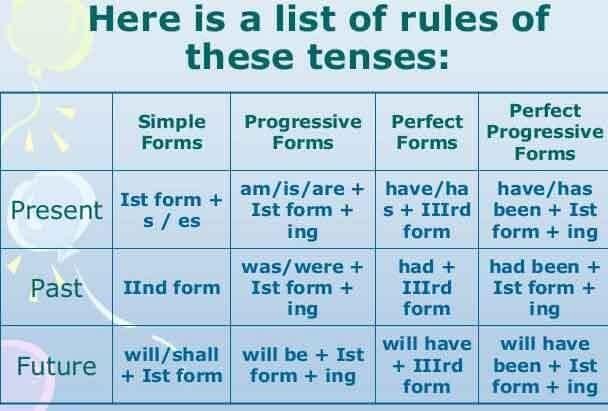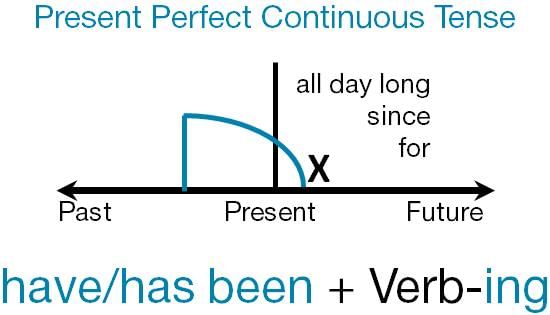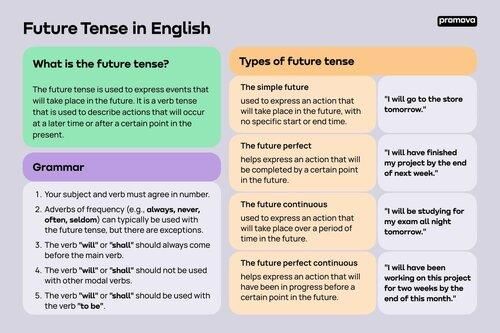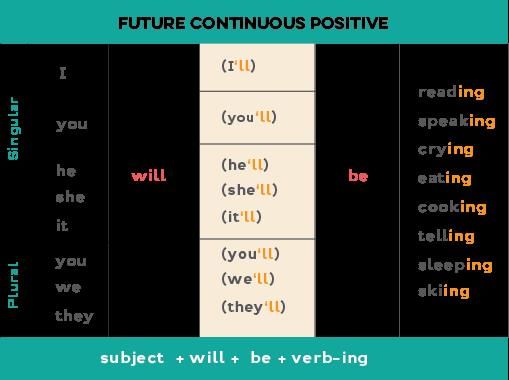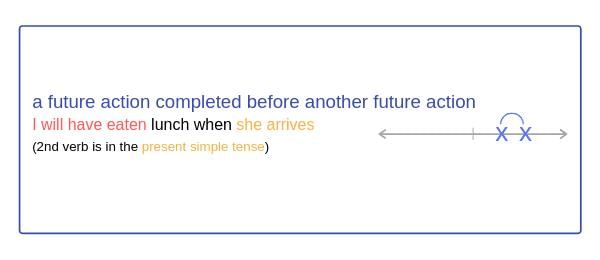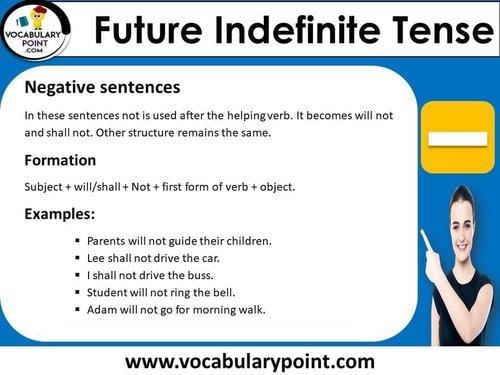|
The Present Perfect Tense is formed using 'has' or 'have' followed by the past participle of the verb. It is used to express actions that were completed recently, actions that occurred at an unspecified time, experiences, or actions that began in the past and continue into the present. 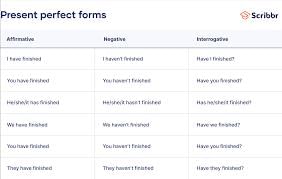 |
Card: 4 / 20 |
|
True or False: The Past Continuous Tense is used to describe actions that were happening in the future. |
Card: 5 / 20 |
|
False. The Past Continuous Tense is used to describe actions that were happening in the past. 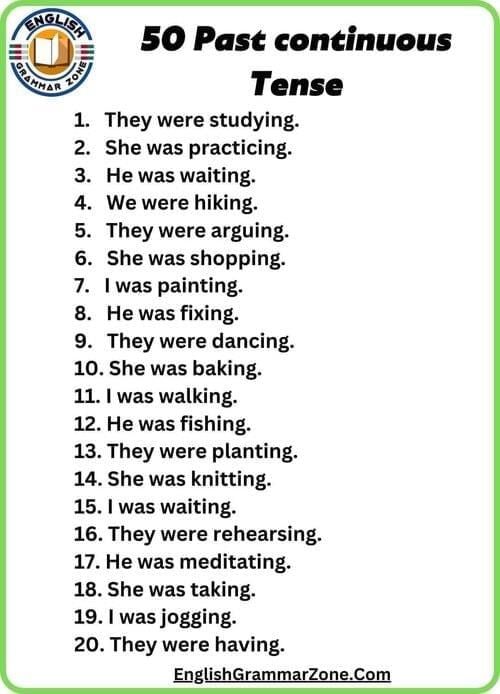 |
Card: 6 / 20 |
|
Present Perfect Continuous Tense is formed using ___ and ___ before the present participle. |
Card: 7 / 20 |
|
The Past Perfect Tense indicates that an action was completed before another action in the past, while the Simple Past Tense describes actions that occurred at a specific time in the past. 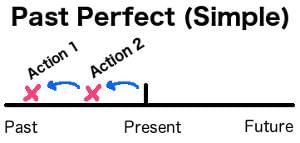 |
Card: 10 / 20 |
|
The Future Indefinite Tense is primarily used to express actions that are likely to happen in the ___? |
Card: 11 / 20 |
|
In the Future Continuous Tense, 'will' or 'shall' is followed by the verb in the ___ form. |
Card: 13 / 20 |
|
The Future Perfect Tense indicates an action that is expected to be completed by a certain time in the ___? |
Card: 15 / 20 |
|
True or False: The Future Perfect Continuous Tense describes an action that has already been completed. |
Card: 17 / 20 |
|
False; it describes an action that will have been ongoing up to a certain point in the future. 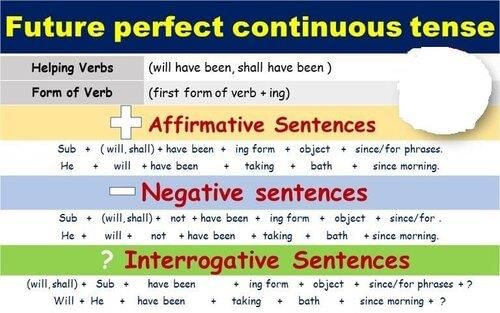 |
Card: 18 / 20 |
|
Fill in the blank: In negative sentences of the Future Indefinite Tense, 'not' is added after '___' or '___'. |
Card: 19 / 20 |






